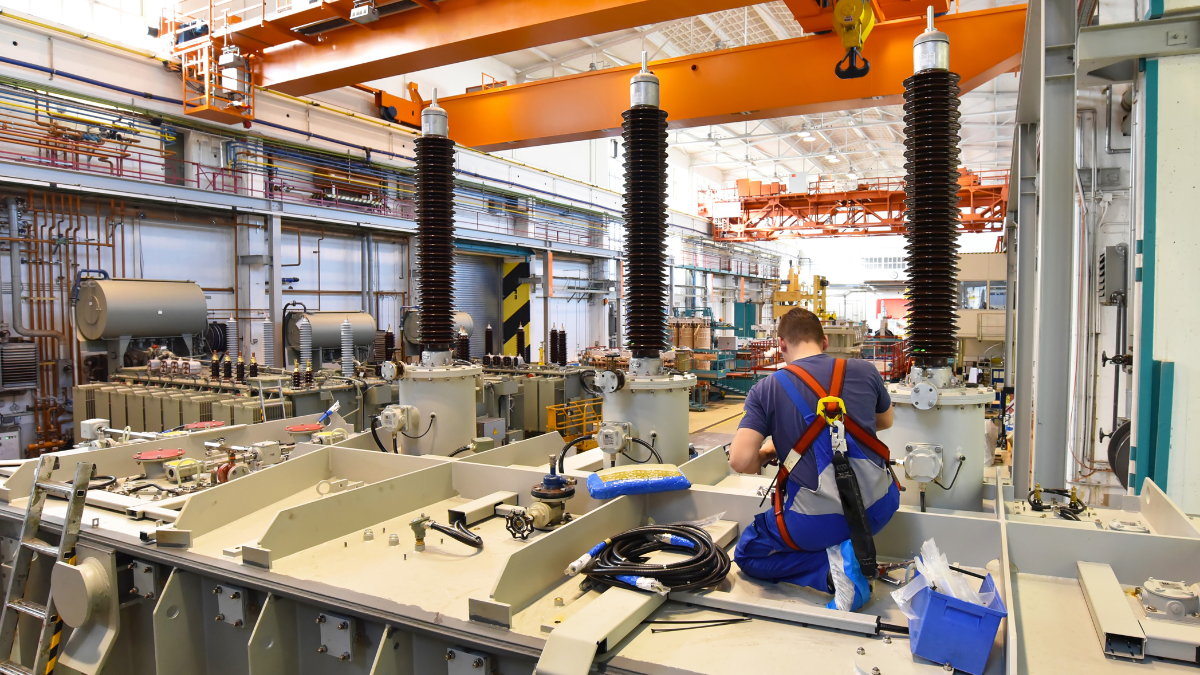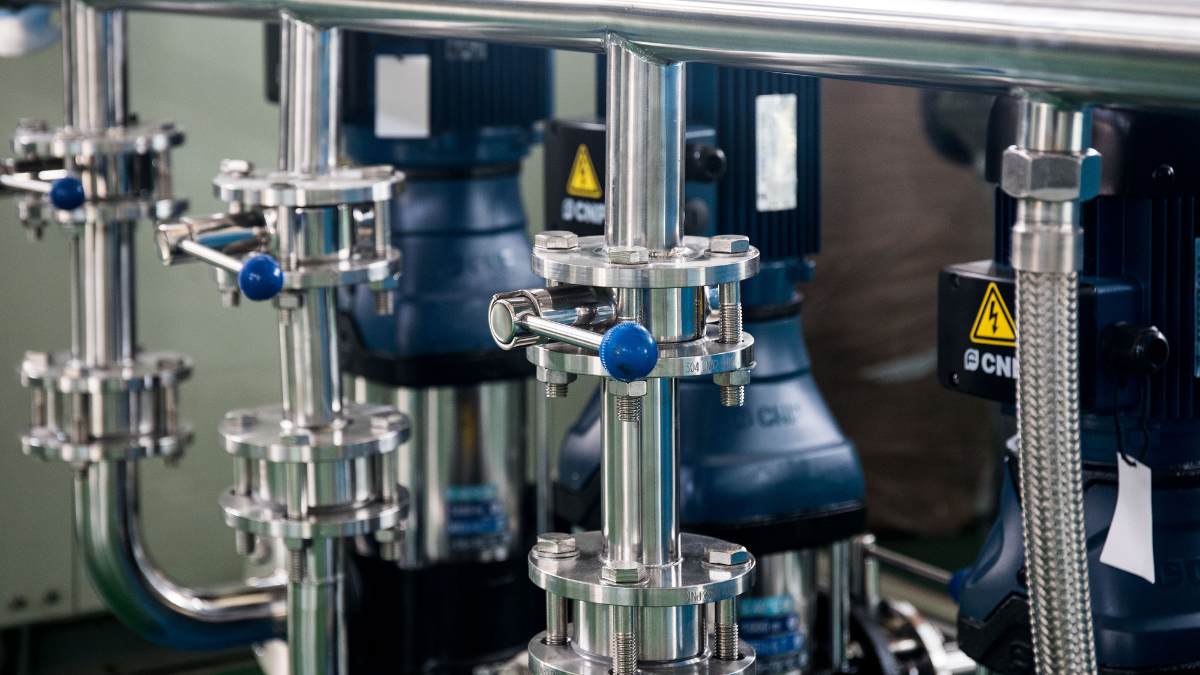6 Challenges of Implementing MBD — and How to Overcome Them
Key Takeaways
- Adopting Model-Based Definition (MBD) requires cross-functional alignment, role-specific training, and process integration.
- Common roadblocks include resistance to change, supplier readiness, and data interoperability. Organizations need a phased, strategic implementation.
- Manufacturers that overcome these challenges see real gains in accuracy, compliance, and communication across the product lifecycle.
Traditional manufacturing workflows rely heavily on 2D drawings to communicate design intent, tolerances, and manufacturing details. But as manufacturers embrace digital transformation and Industry 4.0, they need smarter, more connected ways to manage and communicate product data.
Model-Based Definition (MBD) offers a modern solution.
By embedding product manufacturing information (PMI) directly into 3D CAD models, MBD minimizes miscommunication and enables seamless collaboration across design, manufacturing, and inspection teams. In this article, we’ll explore common challenges organizations face when adopting MBD and tips for overcoming them.
Why MBD Adoption Is Gaining Momentum
Manufacturers are under increasing pressure to streamline operations and improve product quality. Model-Based Definition directly supports these goals, serving as both a communication tool and a foundation for digital transformation. Here’s why MBD is gaining traction:
Improved Cross-Functional Collaboration
MBD enhances communication by consolidating all PMI into a single 3D model. This eliminates the ambiguity of interpreting 2D drawings and ensures that design, manufacturing, and quality teams access the same up-to-date information.
Fewer Interpretation Errors
Traditional 2D drawings and their accompanying annotations lead to inconsistencies, misread tolerances, or missing details. With MBD, annotations like GD&T are applied directly to the 3D geometry. These built-in GD&T notations greatly reduce the risk of human error and rework caused by misinterpretation.
Foundation for Digital Thread
MBD helps establish and support a digital thread — a seamless flow of data throughout the product lifecycle. A 3D model provides a single, reliable source of PMI to power downstream applications like simulation, CAM programming, and inspection planning.
Key to Smart Manufacturing
MBD is a cornerstone for companies pursuing Industry 4.0 initiatives and model-based enterprise (MBE) strategies. It supports automation, enables real-time feedback, and aligns product development with smart factory capabilities.
6 Common Challenges in MBD Implementation
1. Resistance to Change
The Challenge: Longstanding reliance on 2D drawings creates hesitation around adopting 3D PMI workflows. Engineers may lack experience with model-based methods, and organizational silos often prevent digital alignment.
The Solution: Start with a small group of MBD champions to pilot a project and demonstrate value. Use their success to build momentum and foster cross-functional support. Offer targeted training and resources to ease the transition and reduce resistance.
2. Lack of MBD Skills and Training
The Challenge: While most engineers recognize the importance of applying GD&T to 3D models, many do not understand how to use tools within the software to organize and structure GD&T in a way that supports MBD. Additionally, downstream teams, including production and inspection, may be inexperienced in interpreting PMI in the context of a 3D model. These skills gaps can stall MBD adoption and introduce costly errors.
The Solution: Invest in role-specific MBD training tailored to each function’s needs. Equip design engineers, machinists, and quality teams with the tools and knowledge to work confidently in a model-based environment. Training builds competence and accelerates adoption.
3. Software and CAD Compatibility Issues
The Challenge: Not all CAD tools display or support PMI consistently, and translating MBD data downstream can introduce error or data loss. These frustrating technical disconnects are common roadblocks to adoption.
The Solution: Standardize on CAD platforms that fully support ASME Y14.41 or ISP GPS for MBD. Ensure downstream tools can interpret and use PMI data reliably. When needed, invest in new software tools and consult with vendors to streamline the digital thread.
4. Disconnected Workflows and Tools
The Challenge: MBD models often lose their value when inspection, quality assurance, or suppliers don’t use tools that support PMI. Exported files may strip out critical annotations, breaking the digital thread and forcing teams back to 2D drawings.
The Solution: Integrate MBD into your PLM system and use tools that retain PMI. Choose neutral file formats that preserve semantic GD&T and maintain data continuity across the product lifecycle.
5. Supplier Readiness and Compliance
The Challenge: Many Tier 2 and Tier 3 suppliers still depend on 2D drawings and may lack the tools or training to interpret 3D GD&T accurately. This can lead to inconsistencies in how tolerances are applied and parts are produced.
The Solution: Equip suppliers with access to MBD-friendly viewer tools or neutral formats like STEP 242 that preserve PMI. Provide onboarding resources, and keep lines of communication open for feedback and questions. Your support helps suppliers embrace the change.
6. Measuring ROI and Success
The Challenge: Quantifying the benefits of MBD can be difficult, especially in the early stages. Without clear metrics or visible short-term gains, leadership may question the investment and deprioritize ongoing efforts.
The Solution: Define measurable KPIs early in the process. Track improvements in key MBD KPIs, such as:
- First-pass yield
- Reductions in rework
- Reductions in drawing-related clarifications
- Cycle times
These metrics help build a data-driven case for continued investment in MBD and broader digital transformation efforts.
Best Practices for a Successful MBD Implementation
Successfully implementing Model-Based Definition requires more than just new tools. It takes planning, collaboration, and the right support.
Follow these best practices for a successful rollout:
- Begin with a phased approach. Don’t try to overhaul everything at once. Start small by applying MBD to select programs or components to minimize disruption and gather early insights.
- Align stakeholders across departments. Bring together engineering, manufacturing, inspection, and IT teams early in the process to ensure shared understanding and avoid downstream friction.
- Establish internal MBD champions. Empower a group of early adopters to lead the charge, troubleshoot challenges, and support broader team adoption.
- Choose parts and assemblies strategically. Focus first on components with complex tolerancing or high manufacturing risk, where PMI-rich models will deliver immediate value.
- Partner with trusted vendors. Select software and training providers who understand MBD standards and can support your specific workflows.
- Validate with real-world feedback. Use early production runs and inspection data to test and refine your new MBD processes before scaling more broadly.
Real-World Examples of MBD in Action
Although MBD is still a relatively new approach for many organizations, leading manufacturers across various industries are proving its value.
For example, aerospace suppliers use MBD to improve build accuracy and eliminate drawing revisions, a critical advantage in a highly regulated sector where even minor deviations can lead to costly delays, safety risks, and compliance issues.
Automotive OEMs use MBD to streamline supplier communication and reduce design review times. Compared to traditional 2D drawings, working with PMI-enabled CAD models results in fewer clarification requests from vendors.
Medical device companies leverage MBD to bridge gaps between design and quality. By embedding inspection-critical data directly in 3D models, they accelerate validation and improve compliance traceability.
Model-Based Definition has applications in virtually every industry. It offers a scalable way to improve communication, reduce errors, and enable smarter, more connected manufacturing processes.
What It Takes to Make MBD Work
Implementing MBD requires more than just a shift in technology. It’s a fundamental evolution in how teams communicate, collaborate, and define product requirements. By embedding critical manufacturing information directly into 3D models, MBD enables smarter workflows and strengthens the digital thread across the product lifecycle.
Successful implementation requires planning, training, and the right tools. But for companies willing to invest in the change, the long-term benefits are well worth the effort. Ready to make MBD work for your team? Talk to Sigmetrix about software, training, and consulting solutions designed to support your team’s goals and processes.




